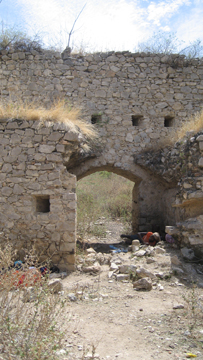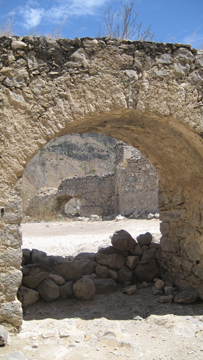MARCHAND-DESSALINES
Revolutionary hero Jean-Jacques Dessalines intended to turn the Habitation Marchand into the country's new capital. The town of Marchand-Dessalines deserves much more historical tourism. It is ringed with a half-dozen forts and features a celebrated spring and some historically significant architecture. All 6 forts are pictured here. Weather kept me from Fort Fin-du-Monde and Fort Liberté (although I have a picture from afar of each below). Ignorance kept me from the ruins of Fort (and Source) Culbuté (but a fan provides pictures below--I'd welcome pictures of Fin-du-Monde). ISPAN did two excellent bulletins (#3 and #5) on the forts of Marchand Dessalines in 2009. See all bulletins here.
Marchand-Dessalines general
This gallery features some interesting early national architecture, including the home of Madame Dessalines, Claire Heureuse.
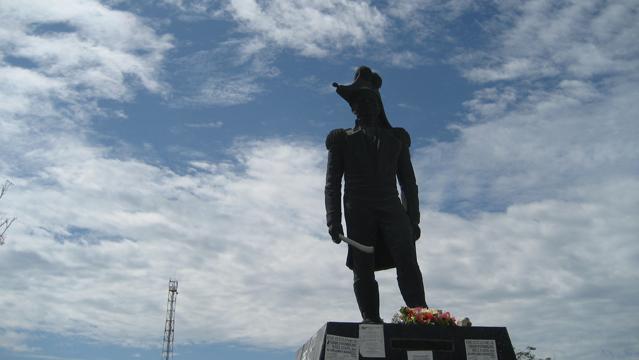





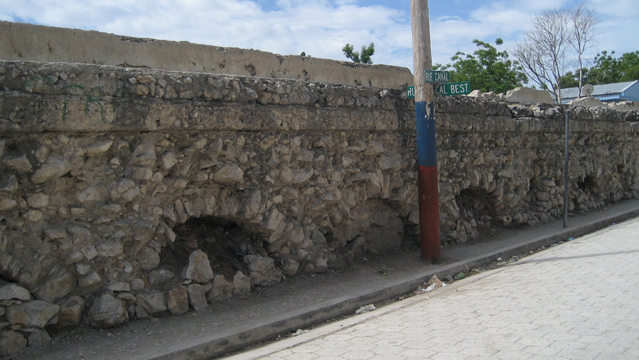
Fort Culbuté/Source Culbuté
The ruins of the fort center around Source Culbuté, a spring used both for drinking and a site of religious pilgrimage. The photos in this gallery were generously shared by Barry Proctor. This site is the most accessible one in town and is at the western edge.








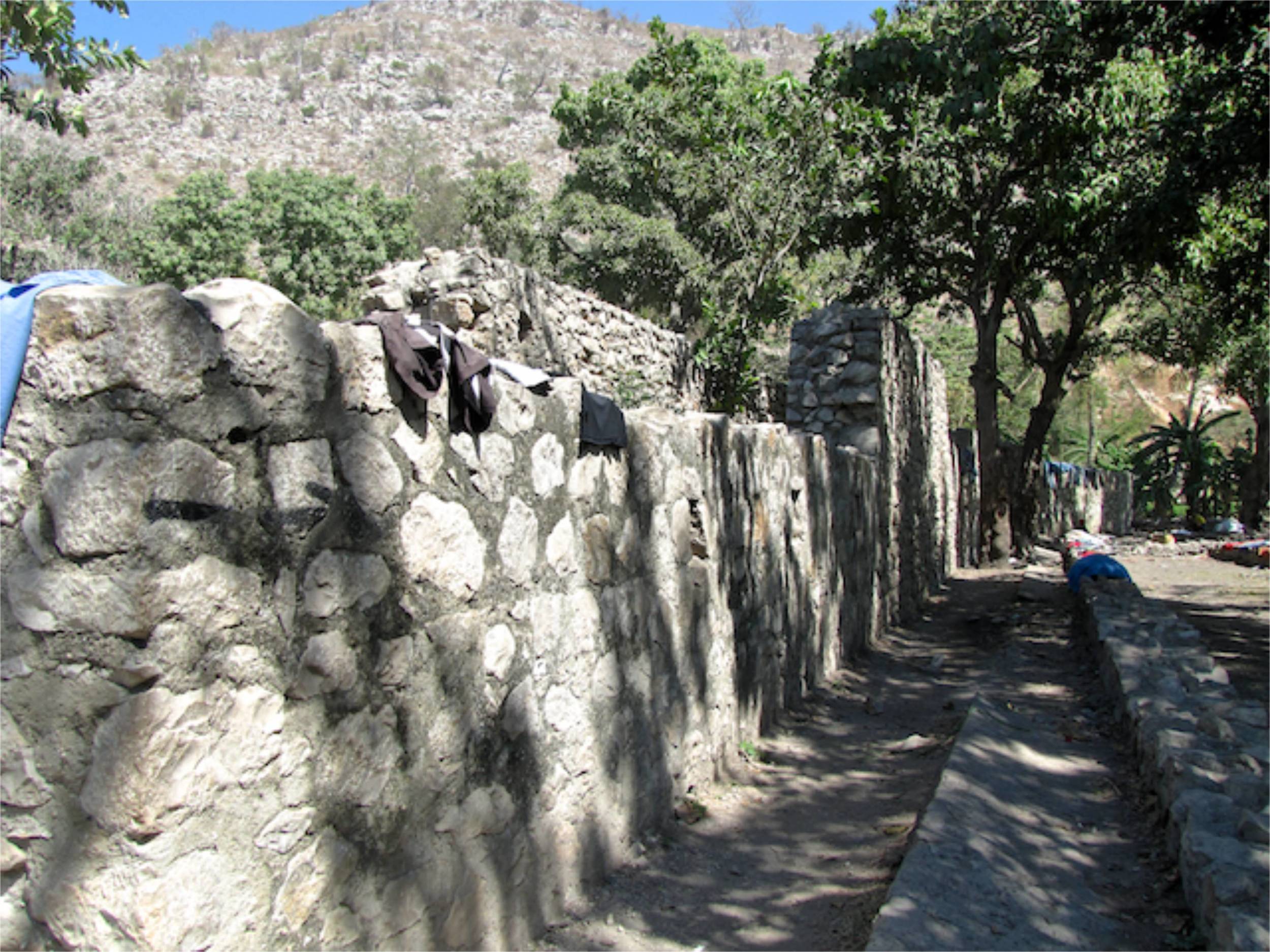





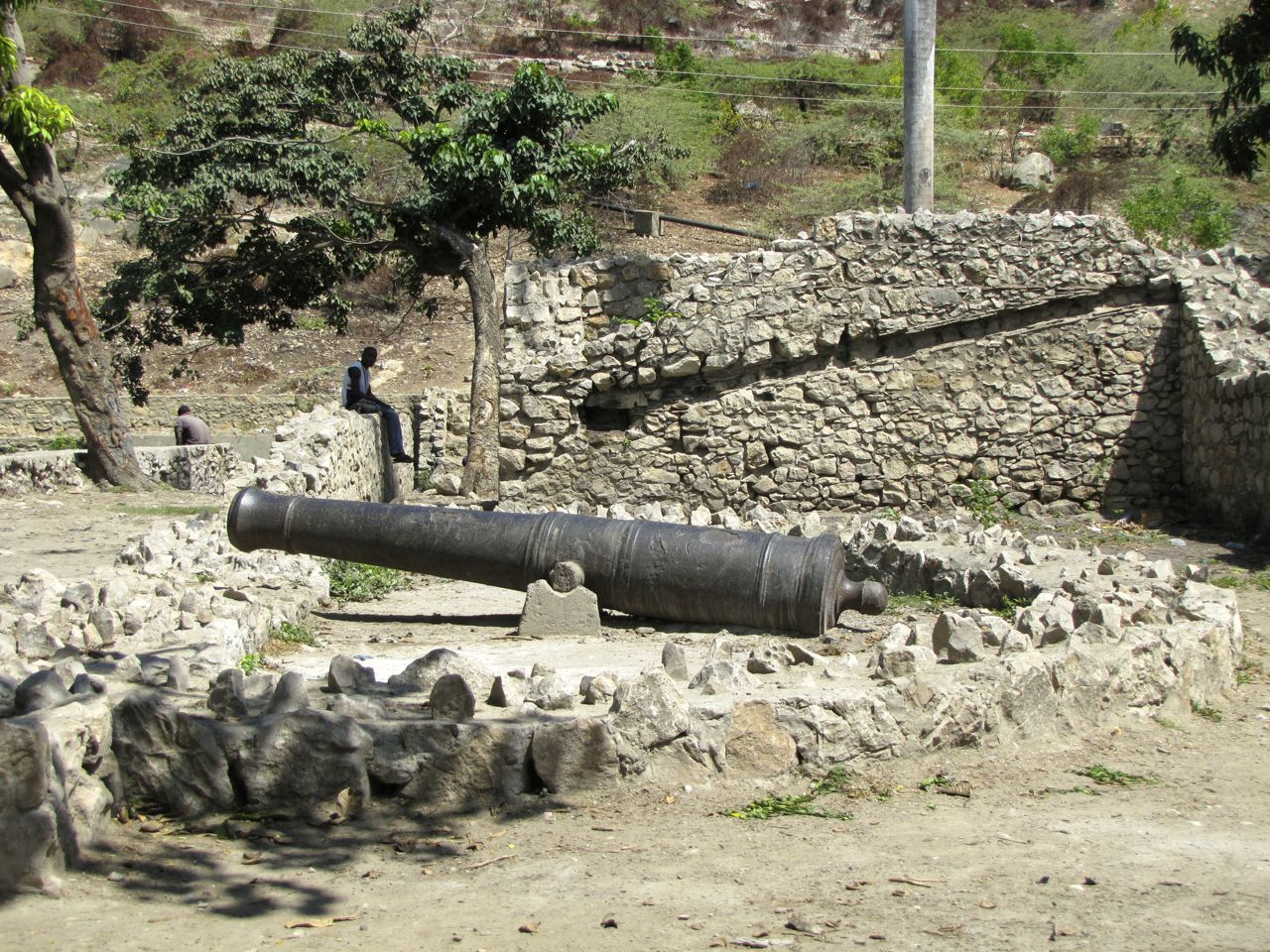

Fort Décidé
The most accessible of the forts in the hills and south-east of Fort Madame, locals I met referred to this as Fort Jeudi. The front “prow” of the fort echoes the Citadelle LaFerrière in Milot. For more on this type of construction, see here. There were a number of cannons here, an old armory room, and a number of informal classes were taking place during my visit.







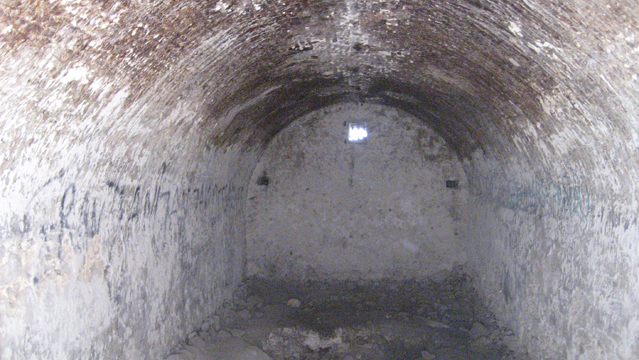
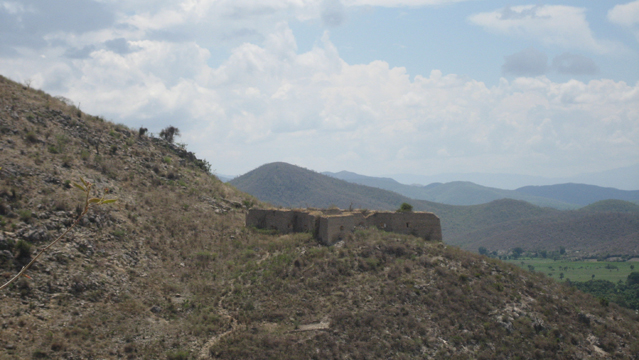
Fort Madame
On a hill between Fort Innocent and Fort Décidé, the fort's interior and view are both lovely, and I wonder if it was named for Claire Heureuse, the wife of Dessalines. This was also called Fort Lundi by those I met on my visit.





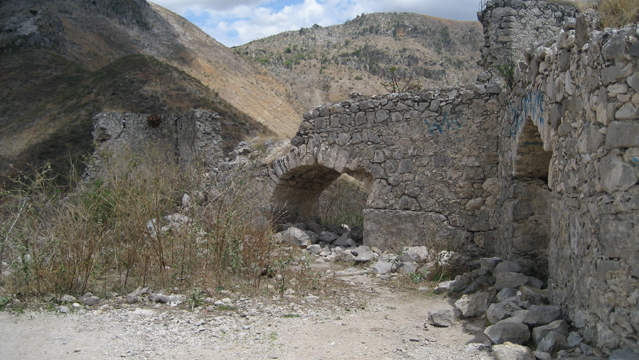
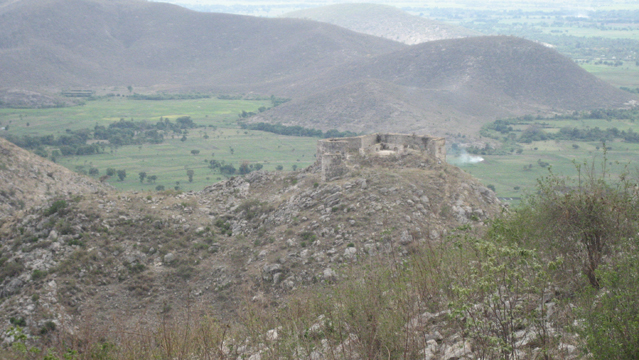
Fort Doko
This fort is in great shape and features a number of cannons within. It looks down over Fort Innocent and Fort Fin du Monde lies up the hill behind it.







Fort Innocent
Some people I met called this Fort Liberté. I wonder if this fort may also be the one referred to as Fort Ecrasé (for obvious reasons) in the la Selve manuscript. See this post by the late David Lyalls for a translation of Haitian professor Edgar la Selve’s 1871 visit around Haiti (just one pic below, no gallery).
Fort Fin-Du-Monde
This is the furthest from town, behind Fort Doko and Fort Innocent. I never made it there due to a storm (so there is no gallery of images here) but would love to get pictures from those who have visited.




